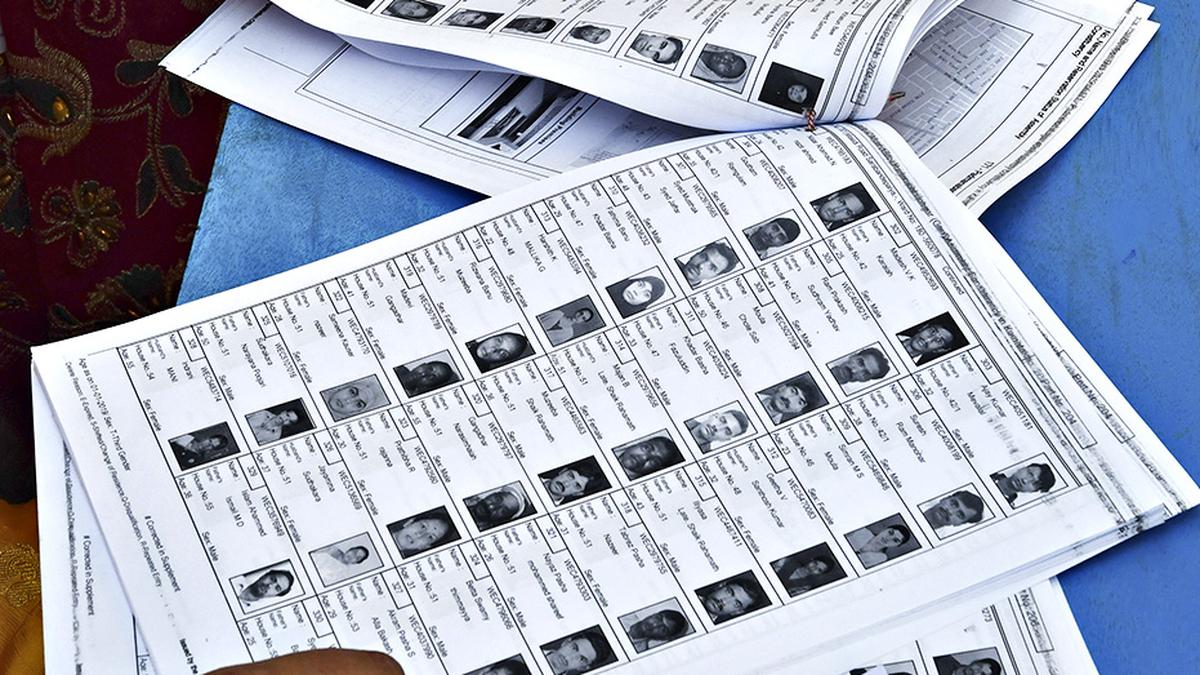In the 2020 Bihar assembly elections, the Communist Party of India (Marxist-Leninist) Liberation won 12 seats from just 19 contests — a 63% strike rate, among the highest for any party in Bihar, and a sharp increase of nine from its 2015 tally.
The party’s victories were concentrated in its traditional strongholds of south Bihar, particularly the Bhojpuri-speaking region. Here, the CPI(ML)-Liberation’s origins trace to the fierce agrarian struggles of the 1970s. As documented by scholar Bela Bhatia in the EPW article, ‘The Naxalite Movement in Central Bihar’, the party’s roots lie in Bhojpur district struggles led by figures like Jagdish Mahato, who had established contacts with Naxalite leaders in West Bengal. From this crucible, ML-Liberation emerged as a distinct group among fragmented Naxalite factions. By 1995-96, its influence was significant, with Ms. Bhatia noting a presence in 11 districts of south-west Bihar, besides several others in what would become Jharkhand.
The party’s strengthening marked a deliberate departure from the original Naxalite legacy of Charu Mazumdar and his associates. The pivotal shift began in 1978 under former general secretary Vinod Mishra, when a “rectification campaign” was launched. This was followed in 1979 by the decision to take part in open “mass activities” through dedicated “mass organisations”.
The early phase, before Mishra’s interventions, had focused on attacks on oppressive landlords and confronting the state. The new line shifted strategy toward issues like land and wages.
Under Mishra’s leadership, the party formed the Indian People’s Front (IPF) and Bihar Pradesh Kisan Sabha (BPKS) to intervene in democratic and peasant struggles. By 1982, it had decided to contest elections on ‘tactical grounds’. By 1990, it began functioning openly as a communist party. In 1994, the IPF was disbanded, allowing the party to contest under its own banner. The CPI(ML)-Liberation was recognised by the Election Commission and began contesting elections by 1996. Since 1998, it has been led by general secretary Dipankar Bhattacharya (in picture).
Durable base
The party’s growth in Bihar coincided with the turn to mass politics in the mid-1990s and its increased relevance in student politics in North India. Chandrasekhar Prasad, a former student leader from the All India Students Association (AISA) — ML-Liberation’s student outfit — and a two-time president of the Jawaharlal Nehru University Students’ Union(JNUSU), was assassinated in 1997. He had returned to his hometown in Siwan to take part in active politics. He was killed by criminals associated with the then-RJD strongman Mohammad Shahabuddin. Chandrasekhar’s death led to strong student protests across the country but also demonstrated the party’s commitment to building a presence in Bihar’s challenging political landscape.
This legacy endures in tangible ways. The party holds two MLA seats in Siwan district, in Ziradei and Darauli. The student wing, AISA, remains a strong leftist outfit in colleges in Delhi, particularly in JNU, and serves as a pipeline for future activists. Several AISA leaders have gone on to participate as political activists in the ML-Liberation, including former JNUSU President Dhananjay, who is contesting in the Bhore constituency in Gopalgunj district in the current election.
Ideological differences persisted for years between the CPI(ML)-Liberation and mainstream left parties like the CPI and CPI(M). The party was also involved in clashes with the more doctrinaire and violent Maoist Communist Centre (MCC), which later merged into the CPI (Maoist). However, as it embraced mass fronts and mainstream politics, its strategic focus shifted. During the BJP’s political hegemony, it identified the threat from the BJP as the principal reason for forming united fronts against ‘fascism’. This realignment led to the CPI(ML)-Liberation joining the INDIA bloc in 2023.
While ideological differences with the CPI and CPI(M) persist, they are less pronounced, suggesting alignment with the mainstream Indian Left. Though not yet a formal Left Front member, coordination has increased and ideological hostility has reduced.
In contrast, the CPI(Maoist)’s persistence with armed struggle has led to rapid decline, with the insurgent organisation now facing an existential crisis.
In Bihar, the CPI(ML)-L has offered the strongest ideological critique of the NDA. It has organised mass agitations related to land redistribution and the indebtedness of the poor. This has helped it retain its support. Unlike the caste identity-based support of the RJD, the CPI(ML)-Liberation maintains a base that transcends narrow ethnic markers. It draws broad support from the poor, including EBCs and Dalits, in its strongholds. This makes it a vital component of the Mahagatbandhan (MGB) in Bihar where the RJD offers a high floor in terms of support but a limited ceiling because of its limitations as a party representing Yadavs and Muslims and other parties lack strong organisations in the State. A strong performance by the CPI(ML)-Liberation in the Bihar elections will not only help the MGB in a tight contest, but will serve as a reinforcement of the party’s evolution into a durable mass-based political force.

 15 hours ago
5
15 hours ago
5








 English (US) ·
English (US) ·